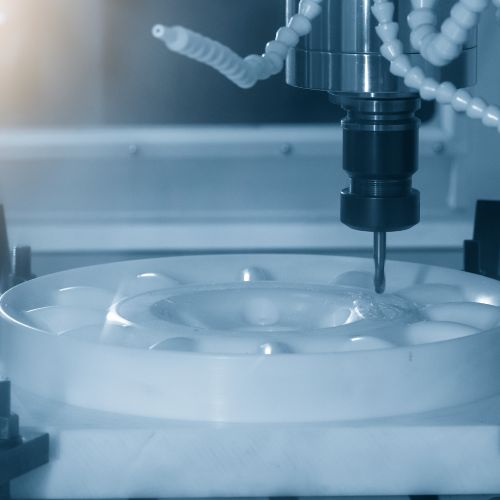Blog / Metal Prototyping 101: Pros & Cons
How to Create a Product Prototype
Creating A Prototype
Creating a product prototype is an essential thing for any business to do, if they plan on releasing products to market, testing the efficacy of a given approach, getting good feedback from focus groups upfront, and ensuring that their resources are as well spent as possible.
While the specifics of creating a product prototype will inevitably vary from product to product, business to business, and industry to industry, there are a few general points to keep in mind about creating product prototypes, that are fairly broad and universal, when all is said and done.
Of course, if you're going to get prototypes made, you should certainly consider using the services of a company like MPL that has over 35 years of experience with prototyping jobs, large and small.
Here are some tips on how to create a product prototype – and what you should expect when setting out to do so.

If you have any questions about our specialist welding services or want to discuss a specific project then please contact us on 024 7661 0778, or via email at sales@mplfabrications.com. Our expert engineers are ready and waiting to explain exactly how we could deliver the sheet metal components you need.
Methods of producing product prototypes
There are a wide variety of different methods that are employed in order to create prototypes of various products – and the specific technique and approach that you use will necessarily be determined by the product you're trying to create, and the level of robustness you are trying to achieve with it. Here are some of the more common techniques utilised in creating product prototypes.
CNC Machining
Computer Numerical Control (CNC) machining (also "CNC punching") is a manufacturing process which entails traditional machining tools -- I.e. lathes and drills -- being controlled by computer inputs.
Starting with a 3D design using CAD software, instructions are sent to the machines in a format known as "G-code."
Once those instructions have been sent, little human oversight is required -- which allows for significant cost reductions, as well as a more time-efficient process.
CNC machining tends to be especially useful for prototype parts that have to perform under pressure in a technical capacity, as opposed to just serving as a visual representation of a finished product.
Plasma cutting
Plasma cutting involves an accelerated jet of hot plasma being used to cut through electrically conductive materials, including metals such as steel, stainless steel, brass, copper and aluminium.
Plasma cutting is often used in CNC machining in order to create prototype components that can perform to a high standard under pressure.
Benefits of prototyping
There are all sorts of benefits associated with creating prototypes of products and components before pushing forward with a new release.
Firstly, prototypes can help you to test the resilience of a particular product of yours in real use-case conditions.
For another thing, prototypes can help you get customer feedback upfront, without having to expend major resources.
In fact, prototyping can even help to give you a clearer sense of whether a particular product gels with your own preferences and creative vision going forward.
